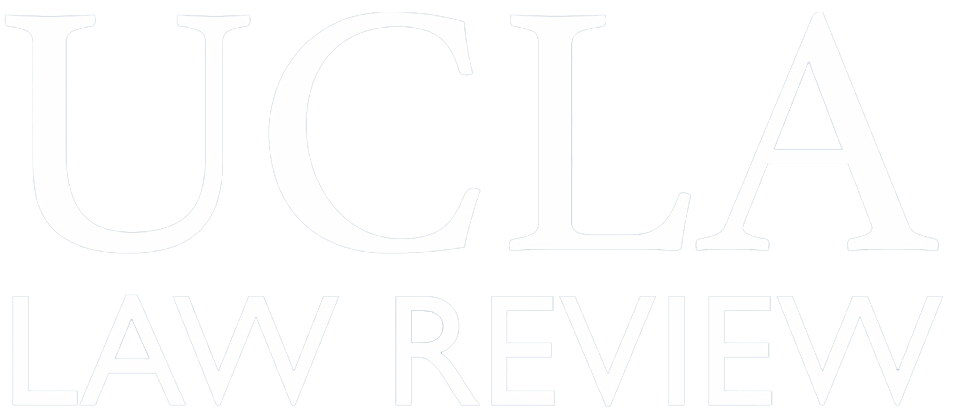This Essay speculates about the substance and timing of likely decisions by lower courts and the Supreme Court in dealing with issues left open by District of Columbia v. Heller. It suggests that lower courts will not address those issues by examining original understandings regarding permissible gun regulations, but will instead apply to such regulations something like an intermediate standard...
Implementing the Right To Keep and Bear Arms for Self-Defense: An Analytical Framework and a Research Agenda
How should state and federal constitutional rights to keep and bear arms be turned into workable constitutional doctrine? I argue that unitary tests such as “strict scrutiny,” “intermediate scrutiny,” “undue burden,” and the like don’t make sense here, just as they don’t fully describe the rules applied to most other constitutional rights. Rather, courts should separately consider four different...
Heller's Catch-22
Joseph Heller’s satire Catch-22 has become a classic for its revealing look at the illogic, inconsistency, and circular reasoning common in modern bureaucratic life. This Article uses Heller’s novel to frame a critical analysis of the recent landmark Second Amendment decision of the U.S. Supreme Court that carries the Catch-22 author’s surname, District of Columbia v. Heller. The majority opinion...
A Constitutional Birthright: The State, Parentage, and the Rights Of Newborn Persons
State parentage laws, dictating who a newborn child’s first legal parents will be, have been the subject of constitutional challenges in several U.S. Supreme Court and many lower court decisions. All of those decisions, however, have focused on constitutional rights of adults (especially unwed biological fathers) who wish to become, or to avoid becoming, legal parents. Neither courts nor legal...
“Which Is To Be Master,” The Judiciary or the Legislature? When Statutory Directives Violate Separation Of Powers
Statutory interpretation is at the cutting edge of legal scholarship and, now, legislative activity. As legislatures have increasingly begun to perceive judges as activist meddlers, some legislatures have found a creative solution to the perceived control problem: statutory directives. Statutory directives, simply put, tell judges how to interpret statutes. Rather than wait for an interpretation...
Normative Methods for Lawyers
Normative arguments are crucial for the rule of law, and lawyers need to know how to make and defend claims of morality and justice. In recent years, however, cost-benefit and efficiency analysis appear to have taken over most legal scholarship and many law school classroom discussions. Such analysis suggests that the sole goal of the legal system should be to maximize human welfare, which can be...
Sex Outside of the Therapy Hour: Practical and Constitutional Limits on Therapist Sexual Misconduct Regulations
In many states, sexual misconduct regulations categorically prohibit various healthcare professionals from having sexual contact with current patients and with former patients for years after the end of therapy. In many instances, these categorical bans reach conduct that gives no cause for concern: fewer harms are risked by sex between an optician and a former client, for instance, than are...
The Supreme Court as "Prime Percolator": A Prescription for Appellate Review of Questions in Patent Law
Generally speaking, the Supreme Court of the United States is a tribunal with the final say on “what the law is.” But the desirability of the Supreme Court’s acting as “final law sayer” is questionable in patent law, where the Court primarily reviews the work of the Federal Circuit, a comparatively expert body having virtually exclusive jurisdiction over initial appeals. Nonetheless, in recent...
